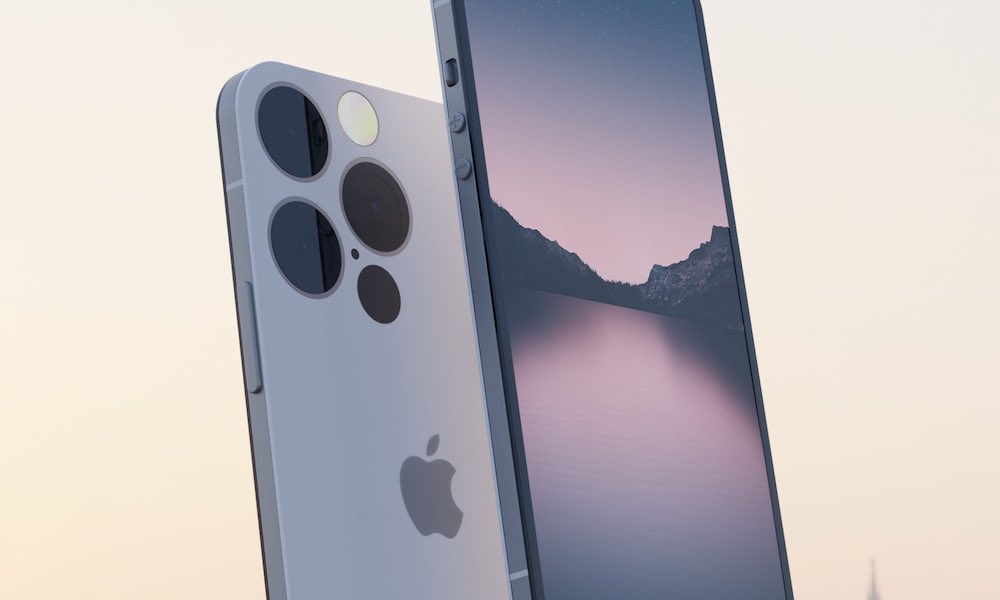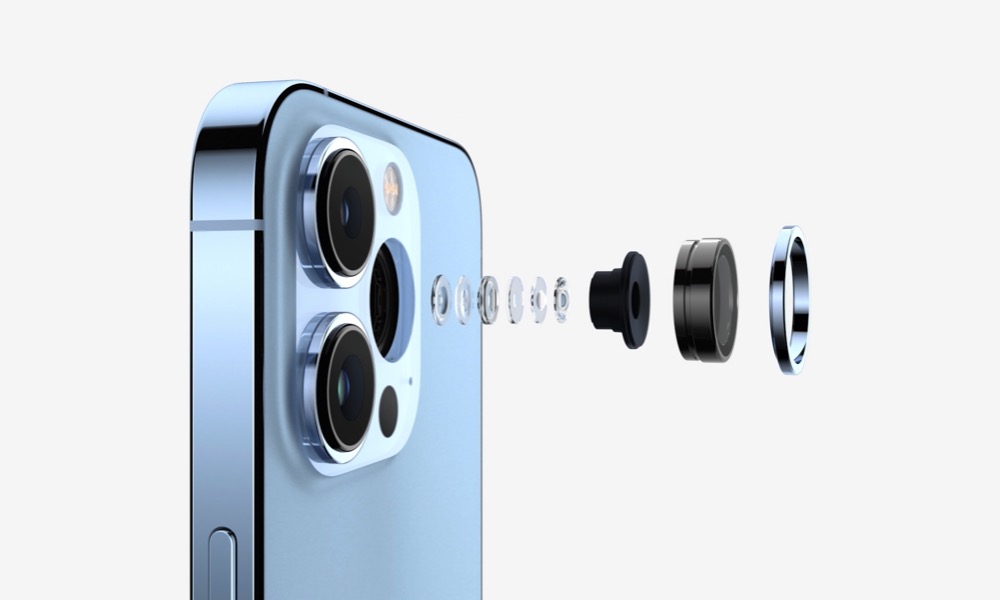Next Year’s iPhone Will Feature a 48MP Camera | Here’s What This Means
 Credit: AppleyPro / Twitter
Credit: AppleyPro / Twitter
Toggle Dark Mode
Earlier this year, we heard reliable reports that next year’s iPhone 14 could sport a 48-megapixel camera that’s also capable of 8K video recording, and now another analysis is confirming this prediction.
The original report in April came from none other than Ming-Chi Kuo, who has a pretty solid track record when it comes to reading Apple’s tea leaves, but it’s never a bad thing to hear somebody else saying the same thing.
In this case, it’s a new research note from Jeff Pu of Haiton International Securities, shared by MacRumors. On their own, Pu’s predictions aren’t remarkable, except that they add weight to what’s likely coming in next September’s big iPhone release.
Pu confirms much of the other information Kuo has previously shared, including the four-model lineup that will see the death of the 5-4 inch iPhone mini in favour of a new standard 6.7-inch “iPhone 14 Max.”
In other words, next year’s iPhone lineup will unify the sizes of the standard and “Pro” models — they’ll both be available in a 6.1-inch “normal” size and a 6.7-inch “Max” size.
The two Pro models are also expected to retain their triple-lens camera system, contrary to some earlier reports of a four-camera system. However, Apple is also expected to finally boost the megapixel resolution for the first time since 2015.
If these reports are true, the iPhone 14 is poised to get a whopping 48MP camera while also pushing the limits of video recording, supporting resolutions of up to 8K.
The move to 8K recording would be consistent with everything else Apple has been doing on the video side lately, where it’s been seriously pushing the limits. For instance, the iPhone 12 added native Dolby HDR Video Recording — a first not just for smartphone cameras but even for professional studio-grade cameras. Then, the iPhone 13 came along with a new Cinematic Mode and support for ProRes video. So 8K recording sounds like the next logical step.
On the other hand, as exciting as a 48MP still camera may sound in terms of raw numbers, it may not be quite that simple.
What’s in a Megapixel?
Android smartphone makers like Samsung like to push megapixel counts up into the stratosphere, but at the end of the day, this is largely a marketing game — they throw out impressive-sounding specs in much the same way that Windows PC makers do.
However, Apple has always thought outside of the box when it comes to marketing its products. For instance, while Qualcomm and Android makers love to boast about the clock speeds of their Snapdragon CPUs, we’ve never heard Apple quote an MHz or GHz number for an iPhone’s processor.
The same is true when it comes to megapixel counts on cameras. Android users love to criticize the iPhone for “only” having a 12MP camera, which doesn’t sound like much against the 108MP camera introduced in Samsung’s Galaxy S20 Ultra, but guess what? The iPhone 12 Pro Max still takes better pictures — and that’s not even considering what the iPhone 13 can do.
Of course, a 48MP camera could enable other features, such as a digital “Super Zoom” which Samsung offers on its Galaxy phones, but that doesn’t necessarily mean you’ll be getting 48-million-pixel photos saved into your camera roll.
As 9to5Mac’s Ben Lovejoy explains, Apple’s “quality-over-quantity” approach to megapixels means that if it does intend to increase the count, it’s likely going to use it to boost photo quality in much more creative ways than merely giving us more raw pixels to play with.
For example, Apple could go with a smart scaling algorithm that would take all that extra data to produce a 12MP photo with greater clarity, less noise, and even better low-light capture.
This technique, called “four cells merge output mode,” already exists and is already being used by some Android users. It’s also the direction that Kuo has predicted Apple will go in.
Although Kuo suggests, it may still be possible to get the direct 48MP image, that probably won’t be the default mode for the iPhone 14 camera. If it’s available at all, it will most likely be part of the ProRAW format or something else that needs to be switched on in the iPhone Camera settings.
After all, unless you’re going to enlarge a photo to wall size — and look at it from only a couple of feet away — the naked eye can’t tell the difference between a 12MP photo and a 48MP photo. With that said, the resultant resolution isn’t nearly as critical as the data that the iPhone captures.
With the computational photography power of Apple Silicon — and next year’s “A16” chip likely to push that even further — we’d certainly rather have Apple do something useful with all those extra pixels.
So, even if we remain stuck with a 12MP output, a larger 48MP sensor would translate to much better pictures since it would improve the signal-to-noise ratio, providing greater detail and even more incredible low-light photos, continuing the trend that Apple began three years ago when it brought Deep Fusion and Night Mode to the iPhone 11.
[The information provided in this article has NOT been confirmed by Apple and may be speculation. Provided details may not be factual. Take all rumors, tech or otherwise, with a grain of salt.]








